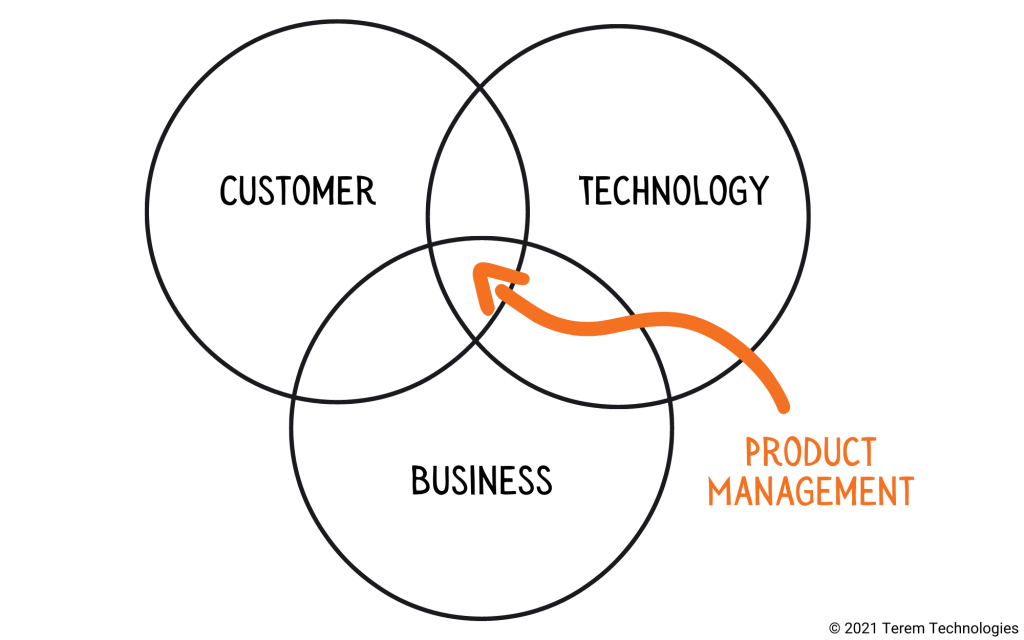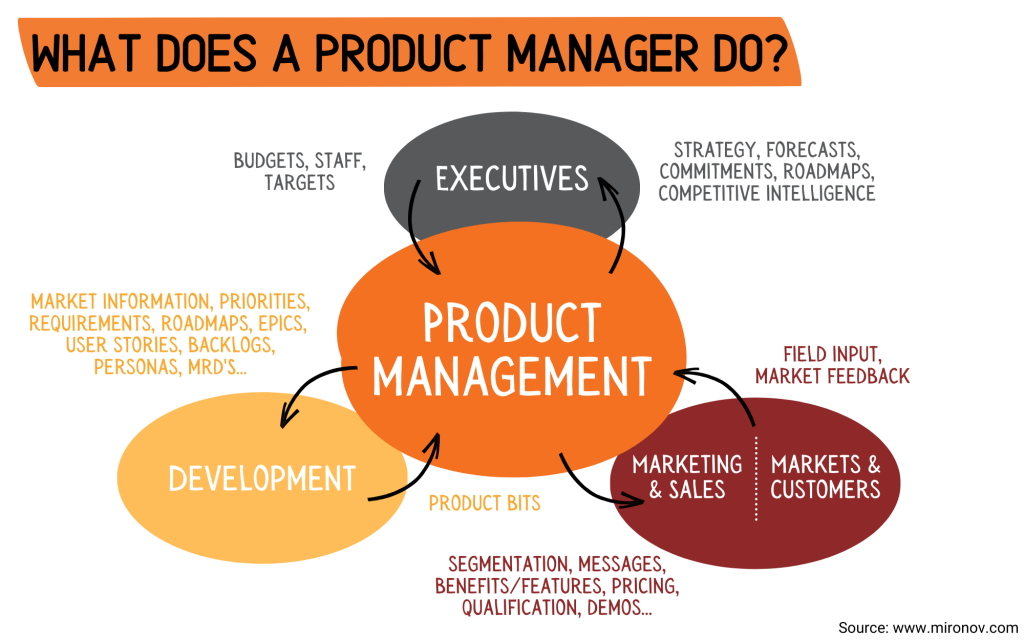
While product management enjoys unquestioned support in the world’s most successful tech companies, other organisations that could substantially benefit from product management are still yet to adopt and embrace the discipline. So, I want to go through why you need product management in your tech or digital organisation.
Product management isn’t a new discipline. It began around 1931, starting with a memo from Neil McElroy at Procter & Gamble (P&G) about the need to hire people to own and understand P&G’s individual brands (products). Hewlett-Packard later credited this approach as a key piece of its success and combined it with Kaizen’s methods (think continuous improvement) out of the Toyota Way.
More recently, the Agile Manifesto helped it evolve further. It has been heavily adopted by the likes of Google, Airbnb, Facebook, Netflix and others. Product management has become a distinct function alongside engineering and marketing (rather than falling into one or the other), often reporting directly to the CEO (for a detailed history read The History and Evolution of Product Management by Martin Eriksson).
So, what is product management exactly? Let’s look at a brief definition before we jump into why it is needed.
What is Product Management?
Product management is a discipline focused on creating products or services that are valuable (our customers choose to buy or use), viable (the solution works within the many constraints of the business), usable (the user can figure out how to use), and feasible (our engineers, staff and capabilities are able to deliver on). Source: Marty Cagan
The key to this definition is the cross-cutting nature of product management, stretching from engineering and technology through to go-to-market, usability and business models. Organisations without product management often have disciplines, functions, and roles focusing on each element, but nothing bringing it together.

To round this out, Wikipedia provides a definition that is a bit more verbose and focused on specific activities, but helps provide more of a sense of what product management is: “product management is an organisational function within a company dealing with new product development, business justification, planning, verification, forecasting, pricing, product launch and marketing of a product at all stages of the product lifecycle.”
Another diagram that adds more detail to the previous one on where product management fits:

Why You Need Product Management
If your organisation delivers on your value proposition to your customers solely or primarily through your product(s), then you need product management.
Websites, apps, APIs and technology platforms often are the product for many organisations. Customers and users primarily buy, interact and experience an organisation through these channels.
Meaning you require the discipline of considering your customers’ needs (or users or citizens), alongside technology, in line with your business’s needs. This discipline, as outlined above, is called product management.
Without this discipline (or role), you will likely have a disjointed approach.
- Sales, marketing and support will take the view of the customer, but they’ll view it through their own objectives and issues without an idea of what’s technically possible.
- Engineering, technology and operations will want to build and often lack a strong understanding of the customer.
- The executive team and the business will have goals and objectives that may not account for a strong enough voice of the customer or a full appreciation of the feasibility.
To add some colour to this, here is a concrete example of the value that the discipline of product management provided to an organisation. They needed to allow their customers to customise and rebrand some of the emails the product sent. The team and management had many months of requirements planned to provide extensive customisation – some were seriously technically challenging. An experienced product manager joined the team, interviewed a handful of their customers and cut the roadmap down to a single requirement: just let the customer change their logo. This was easy to implement, and customers loved it because they could “customise” as much as they needed. They just wanted their logo, not font, colour and layout changes. And, they needed this customisation before they could really use the product.
Another example of the value of product management is where an organisation’s commercial goals meant that it wanted a product in a specific, complementary market. Rather than selling to businesses, they wanted to go direct to the consumer. For the business, at a macro-level, this made sense: “we can own the relationship with the consumer”, “we can leverage our operating capabilities in [large scale finance activity]”. However, a disciplined approach to product management revealed technical challenges and operating capabilities needed to serve consumers that just weren’t present within the organisation. Product management also yielded a large gap between the strategy the business wanted to pursue and what consumer customers really wanted.
F.A.Q.
You or your colleagues might still be questioning the value of product management in your organisation. There are a few common questions and objections that come up:
- We don’t have customers, we have citizens, members or something else.
This doesn’t change the logic of needing the discipline of product management. Just focus them on the citizen (or member) rather than the customer. - The customer or product is owned by another department.
Some digital teams trying to implement best practice face the challenge of other departments having a product manager who owns the product, such as in a bank where a product manager owns the credit card. The discipline of product management is still needed within the digital team for digital products in these instances. The digital product is often the way the customer interacts or is enabled. Given the revenue and opportunities on the line, it’s worthwhile investing in ensuring the digital component of the offering is as best as it can be. - But we already have a project manager looking after XYZ initiative or system.
Product management is heavily focused on ensuring you do the right work, whereas project management is heavily focused on ensuring the work is done right. They are complementary roles, both needed for successful outcomes.
Further reading:
- Three Product Management Lessons from a 4 Year Old with a Bee-bot Robot
- The 7 Categories of Product Management Tools

Scott Middleton
CEO & Founder
Scott has been involved in the launch and growth of 61+ products and has published over 120 articles and videos that have been viewed over 120,000 times. Terem’s product development and strategy arm, builds and takes clients tech products to market, while the joint venture arm focuses on building tech spinouts in partnership with market leaders.
Twitter: @scottmiddleton
LinkedIn: linkedin.com/in/scottmiddleton